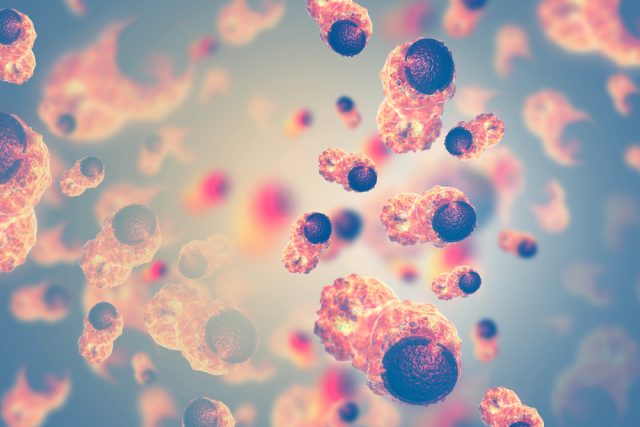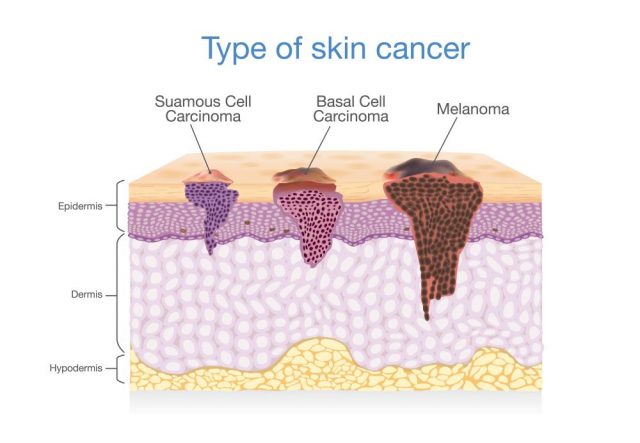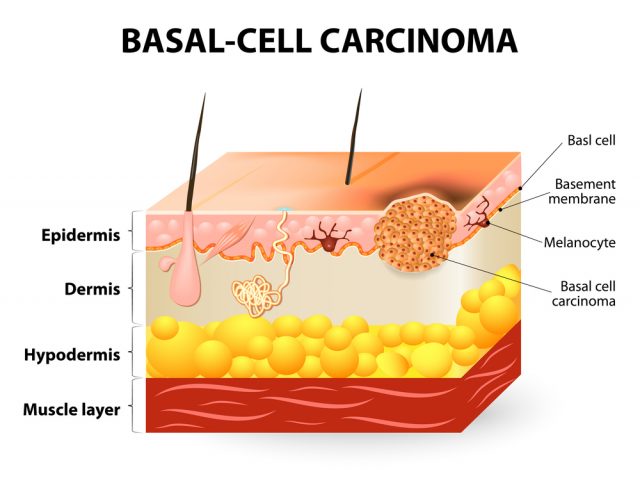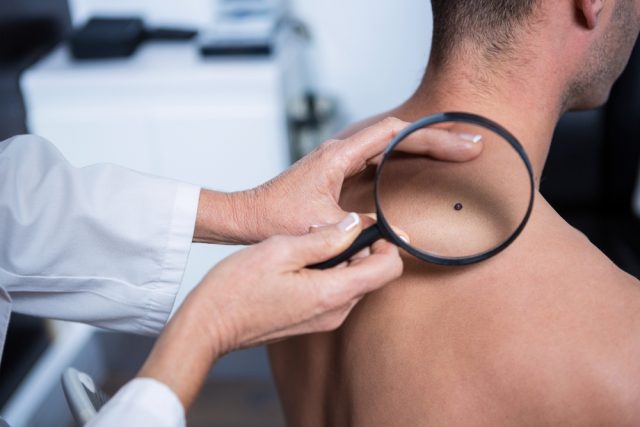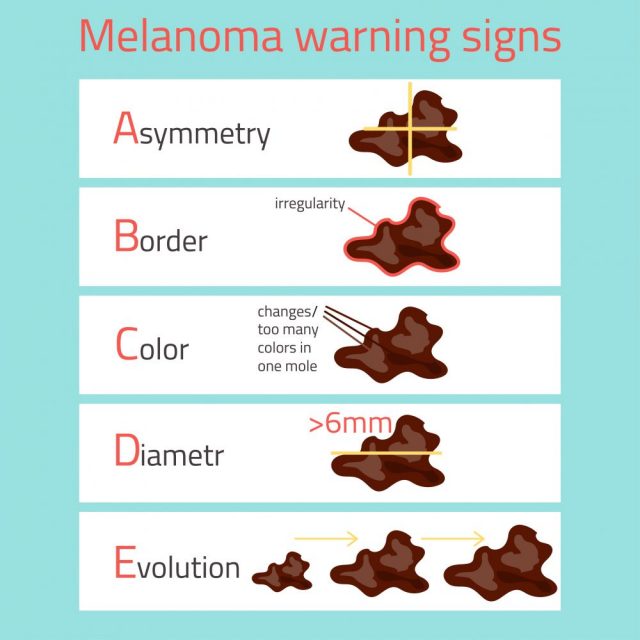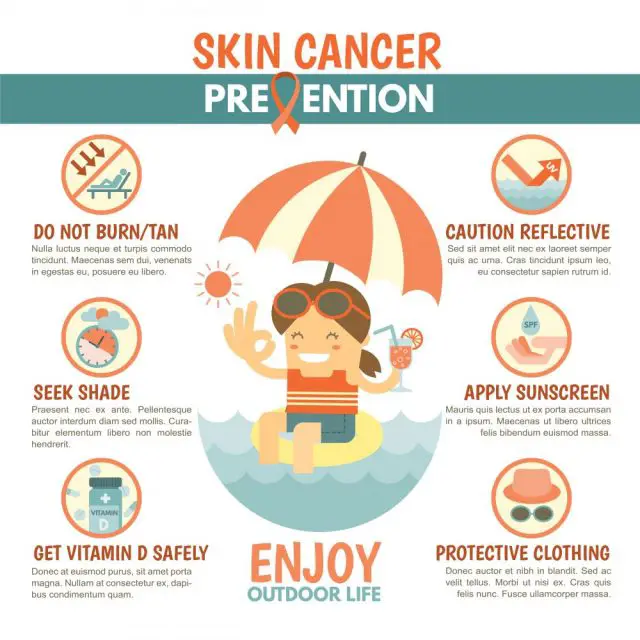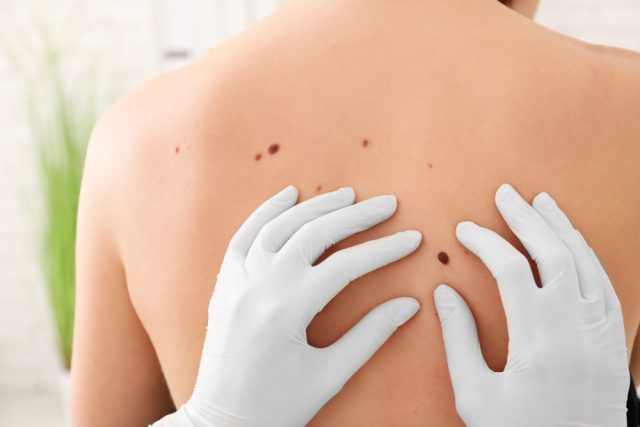Types of Skin Cancer
Skin cancer happens to be one of the most common types of cancer around the globe. In fact, as per the latest stats, the number of people who suffer from skin cancer is higher in the US than a combined a number for all the people who suffer from other types of cancer.
Cancer, as we know, is an abnormal growth of the cells and can be present anywhere on the body. Same is the case with skin cancer.
Layers of the skin
The skin that we see is made up of a combination of cells, each one divided into different layers to serve the purpose of their own.
Squamous cells
These are the dead flaky cells that form the uppermost layer of the skin and are constantly being replaced by new cells from the layer underneath. Squamous cells are flat shaped.
Basal cells
Unlike squamous cells, these cells are round in shape. However, they flatten out as they move up to replace the dead squamous cells from the upper layer of the skin. They are constantly dividing to form new cells that can eventually go up and replace the squamous cells from the upper epidermis layer.
Melanocytes
These cells are responsible for giving our skin color and the ability to go tan when it is exposed to sunlight. All this is because of the pigment melanin which acts as a natural sunscreen for our skin. The more the exposure, the darker the tan effect since the cells would be producing more and more of the pigment in such conditions. It helps protect the layers underneath from getting affected by the sun.
Any damage to any one of these cells can result in skin cancer. In fact, the type of skin cancer that one might have is defined and categorized based on the cells that are being affected. In the initial stages, cancer may be limited to these three layers only. But if it advances, it will go down to affect the protective barrier between the epidermis and lower layers of the skin and penetrate deeper.
Types of skin cancer
Having talked about the three layers of the epidermis, let us move on to the type of skin cancers that these layers may get affected by.
Basal cell carcinoma
It is one of the most common forms of skin cancer and is often referred to as a non-melanoma type of skin cancer. Out of the whopping 3 million skin cancer cases that are reported each year, more than 80% of them happen to be related to the basal cell carcinoma. This type of cancer usually appears on the upper body and may affect the neck and head too since these parts are most exposed to the sun on a daily basis. The growth pattern for this cancer is rather slow and it can take years before it spread to the lymph nodes nearby or other body parts. This scenario, although unlikely, is only possible if the cancer is not treated on time.
However, like any other form of cancer, this one too can recur and most likely on the parts where it was initially diagnosed. In fact, over half of the patients come back with a recurring basal cell carcinoma case within 5 years of their first diagnosis after having developed a new carcinoma there altogether. Thus, even after one is treated, it is advised that you continue to perform regular self-examinations on your skin and consult the oncologist if you find any unusual growth or changes on your skin.
People who need to be most careful about the recurrence of basal cell carcinoma are the ones who have
- Eczema
- Dry skin conditions
- Been exposed to a high amount of UV light
- Regular visitors of tanning beds
- Had carcinomas before that penetrated to the deeper layers of the skin
- Had carcinoma which was larger than 2cm
Appearance:
This cancer appears in the form of round, scaly spots and even as flattened out lumps which may be pale, pearly or red in color. These spots or gums may bleed, become ulcerated and even stay unhealed even after weeks. If you experience something like this on your skin, do get the area evaluated by your doctor on a priority basis to rule out the possible risks of cancer.
Squamous cell carcinoma
It is also referred to as the non-melanoma skin cancer and tends to affect the ears, lips, and scalp, back of your hands, and face more commonly. But they can also appear on unlikely places such as genital areas, scars, and even skin ulcers. The second most common form of skin cancer after basal cell carcinoma accounts for over 20% of the non-melanoma cancer cases that are reported each year.
This cancer affects the flattened out cells that make it to the topmost skin layer. Unlike cancer found in the basal cells, this form of cancer doesn’t metastasize. If it does or spreads to the other parts, then it is a highly unlikely case. However, it does have a tendency to spread deeper and affect the fatty layer of the skin. This may occur in only 1 to 2% of the cases, but in such cases cancer can prove to be fatal too, thus making it more dangerous than the one that affects the basal cells.
Appearance
This cancer appears in the form of red scaly patches, sores or ulcers that bleed out and are:
- Non-healing
- Painful
The growth pattern even in this case is slow and it may take months to grow and spread.
However, these are not the only areas where the squamous cell carcinoma may affect. It can even be found on the Keratoacanthomas, the tumors that form on the exposed part of the skin and are in the shape of domes. These tumors start growing fast but slow down after a certain time and may even shrink and go away on their own. However, they have the tendency to spread and it is for this reason, why they are often treated as squamous cell carcinoma and treated similarly by the doctors too.
Melanoma
Although the least common one of all, it happens to be the most dangerous type of skin cancer. It can appear anywhere on the body and is not just limited to the areas that are exposed to the sun more. However, it is most commonly found in the lower leg of women and the upper back of men. The growth ranges over a few months and it has the tendency to spread out to other parts of the body too.
Appearance
The melanoma appears in the form of moles or freckles that get de-shaped or change coloration or size over time. So, if you develop a new mole anywhere on the body or some freckle, always keep track if its growth and pattern.
Uncommon types of cancers
The above three are the most common types of skin cancers but these are not the only categories that we know of. There are many other forms of skin cancers that are less common and thus not known much.
Actinic Keratoses (AK)
It appears as a pre-cancerous spot or scar but may turn into squamous cell cancer if not treated on time. The type of cancer that affects the fair skinned people more usually appears after 40 years of age around areas that are exposed to the sun the most.
Merkel cell carcinoma
Merkel cells give our skin the ability to respond to “touch”. This rare cancer appears in the form of nodules that may look like flesh or be blue in color. It affects the head, neck, and face more commonly and affects the elderly more than the young. However, it has a tendency of growing really fast and may spread to other parts of the body very quickly too.
Kaposi Sarcoma
It appears in the form of irregular tissue growth but under the skin. It affects the lining of the throat, nose, and mouth and lymph nodes more commonly. The lesions that may be purple or red are formed by blood vessels and cancer cells and have the tendency to affect:
- People with compromised immune systems
- Young black men especially in Africa
- Older men who are of Mediterranean and Jewish descent
There are various types of skin cancers and the type of treatment plan that each would require would change accordingly. Keep examining your body for anything irregular and if you happen to see something that doesn’t seem right, consult your doctor right away to have it examined and treated accordingly.


